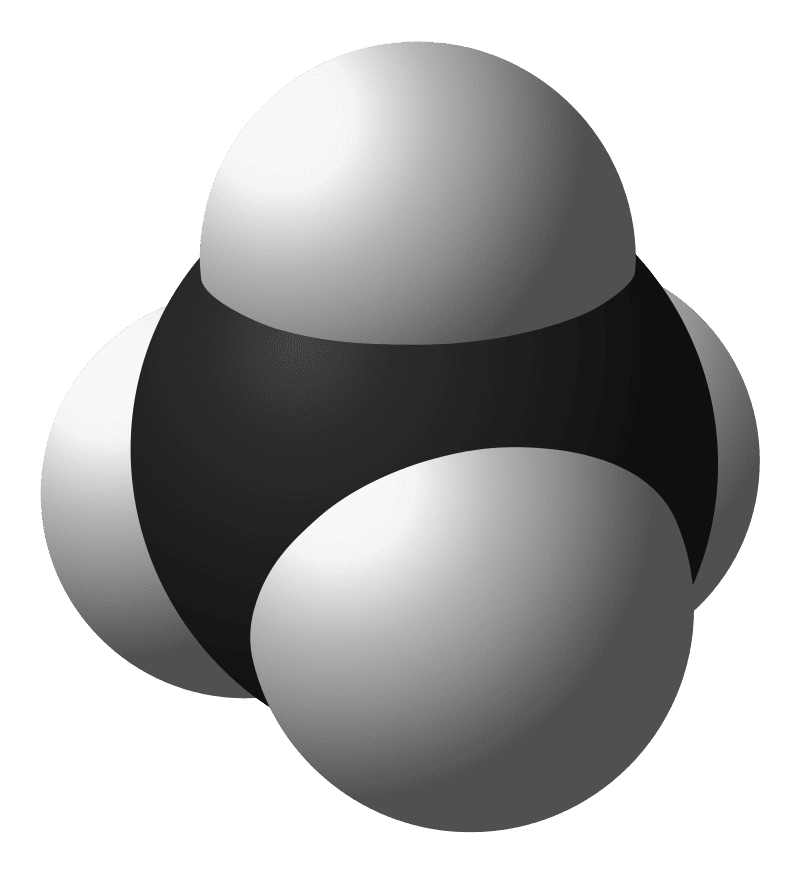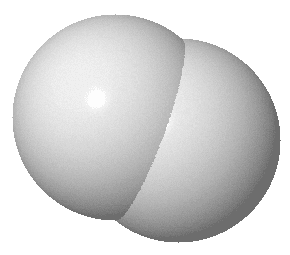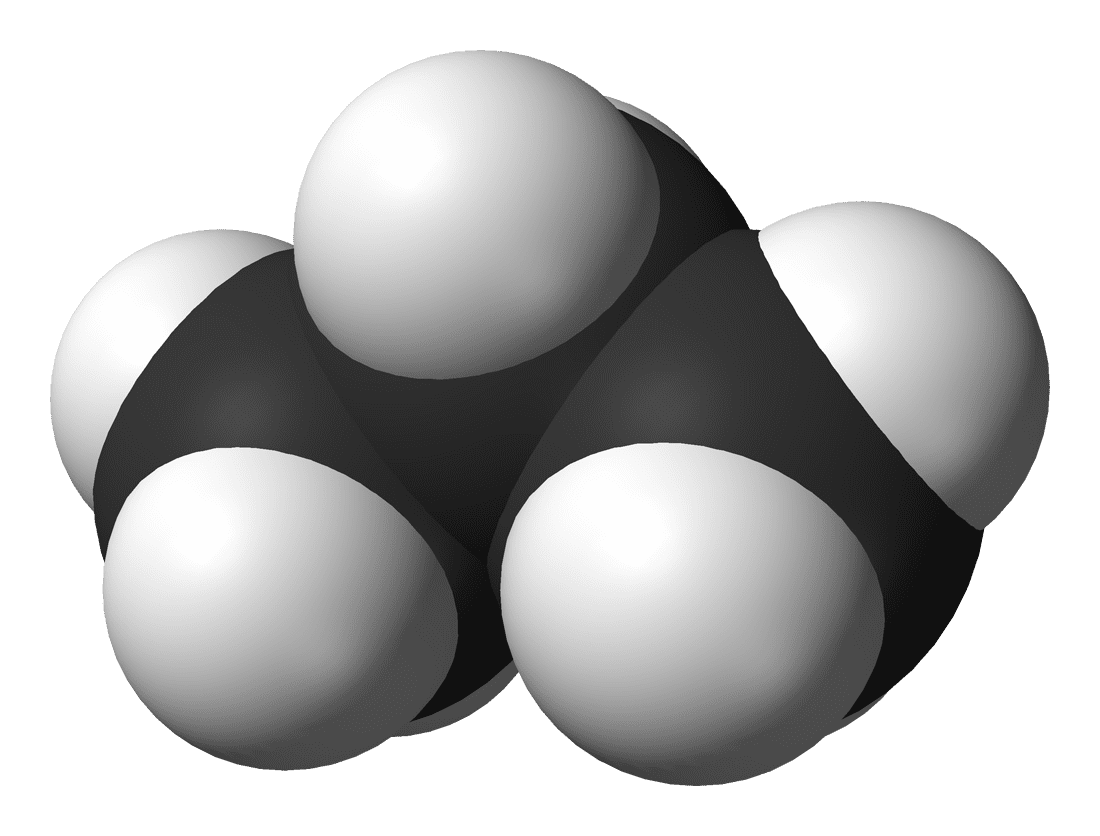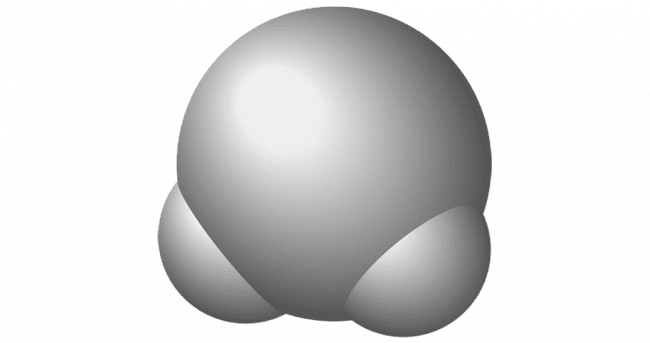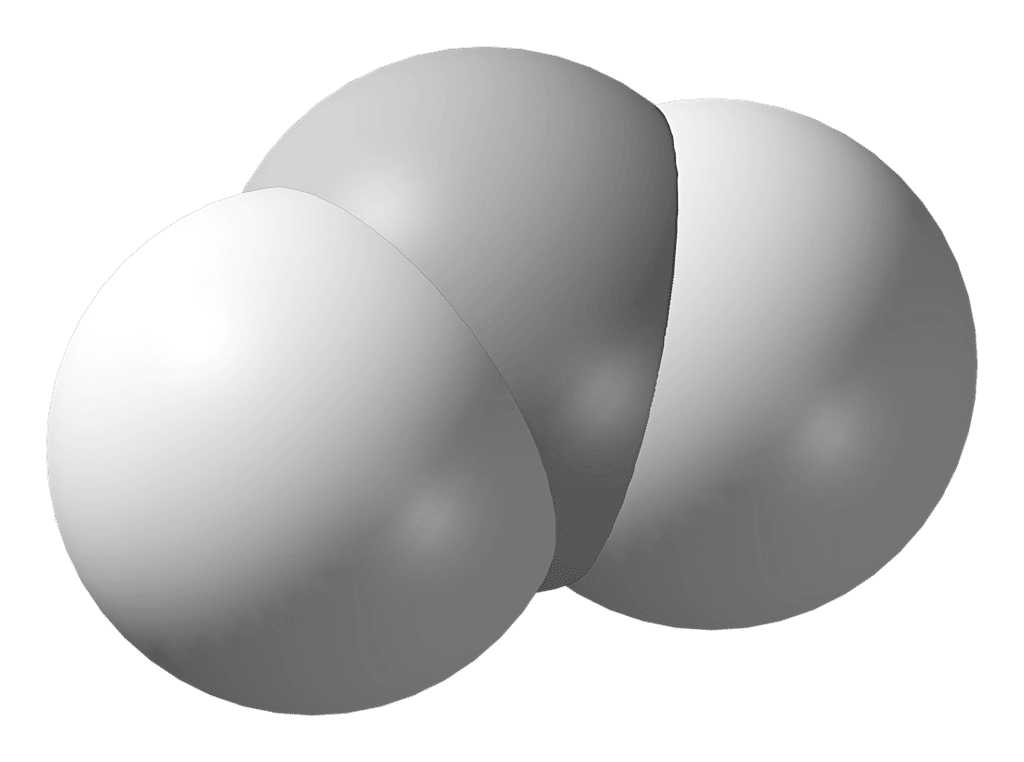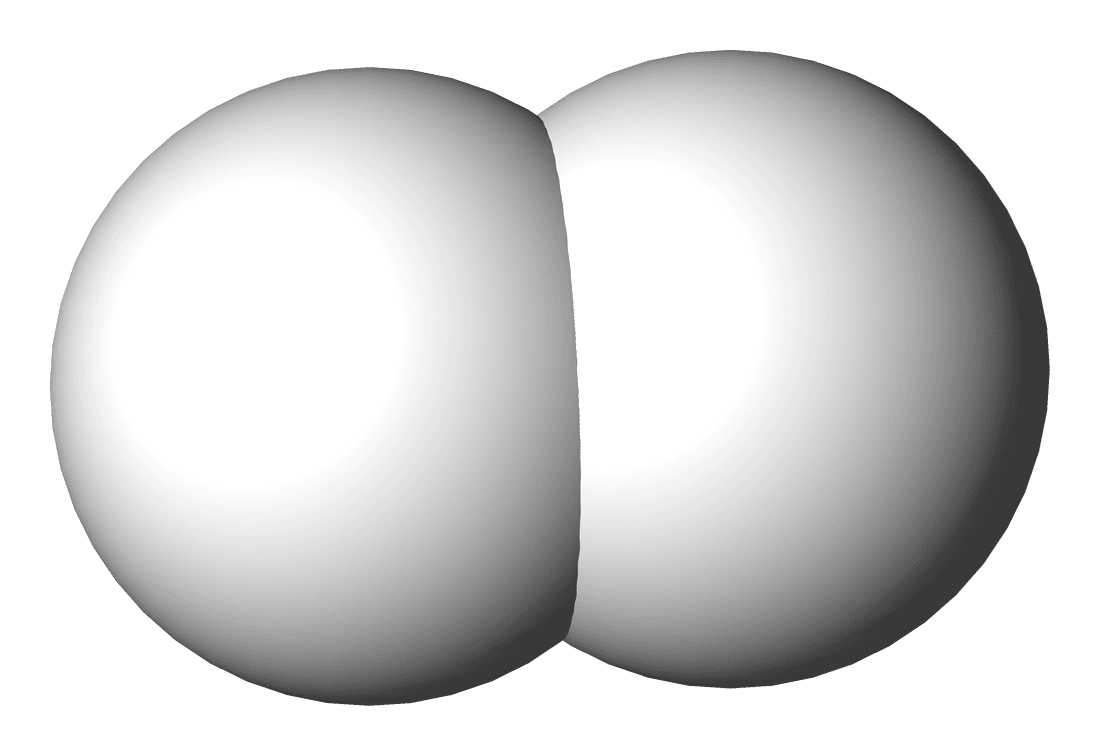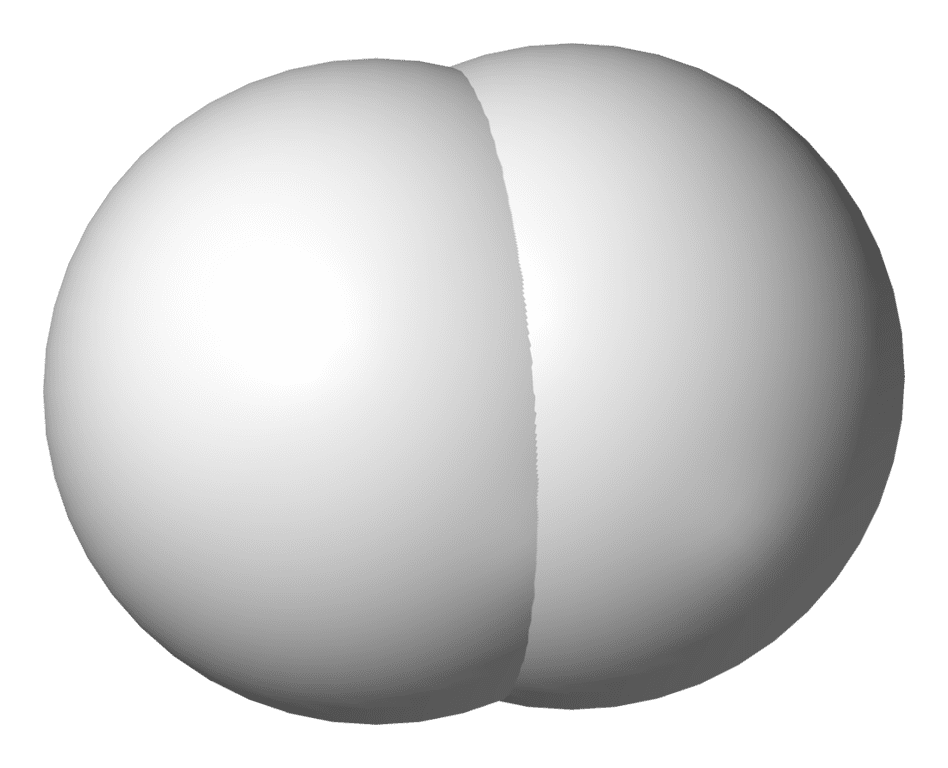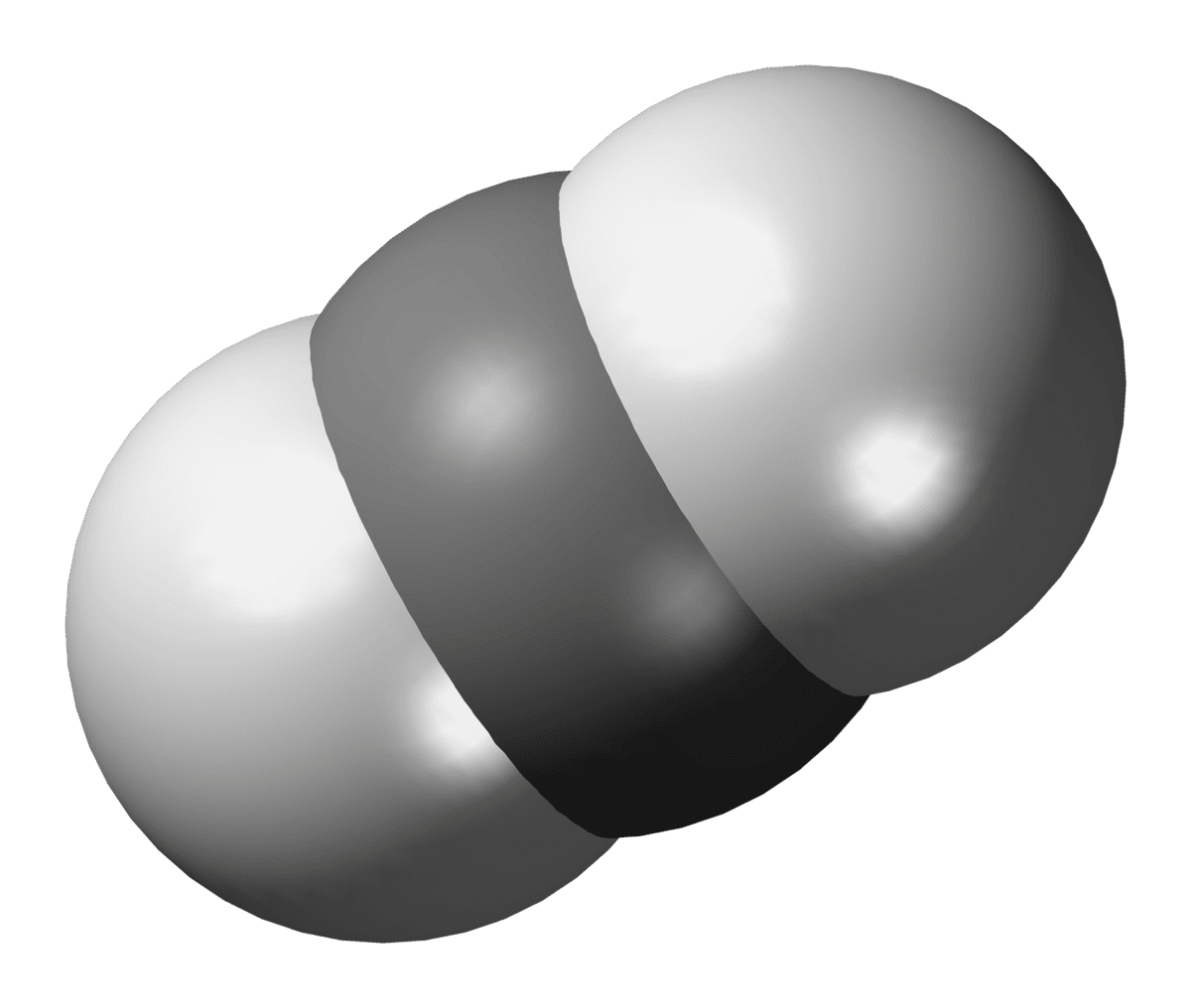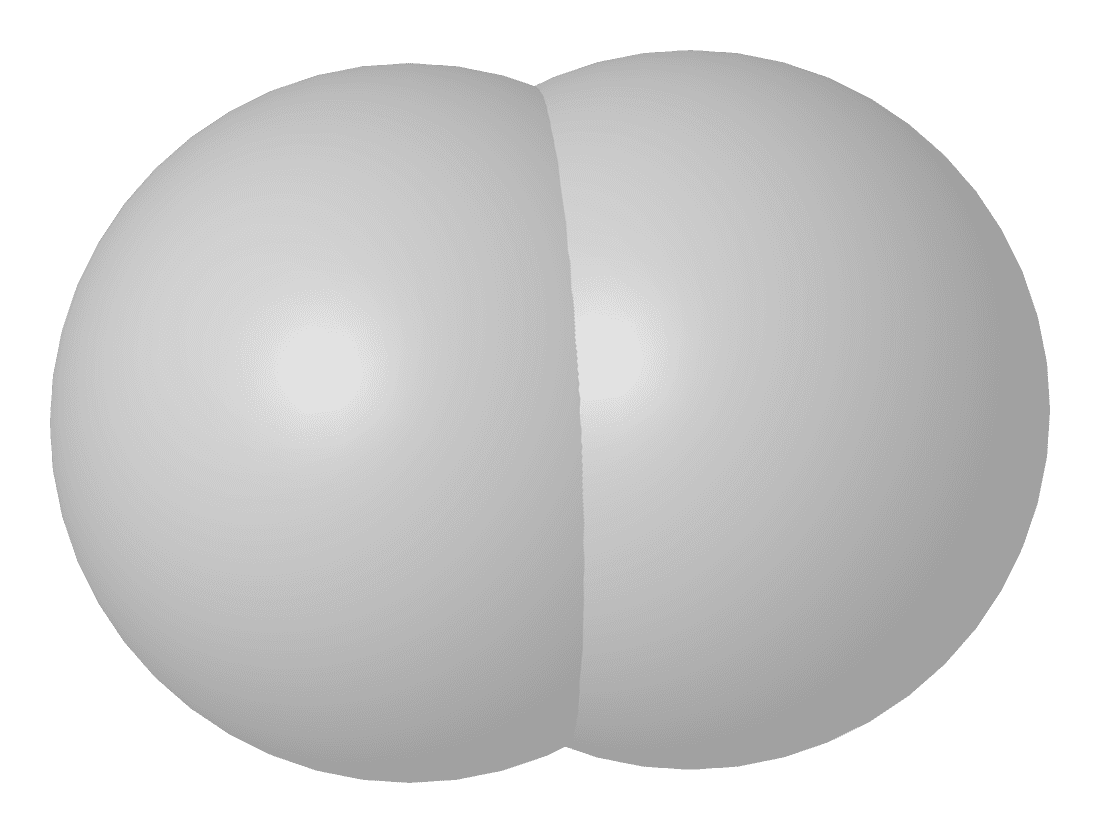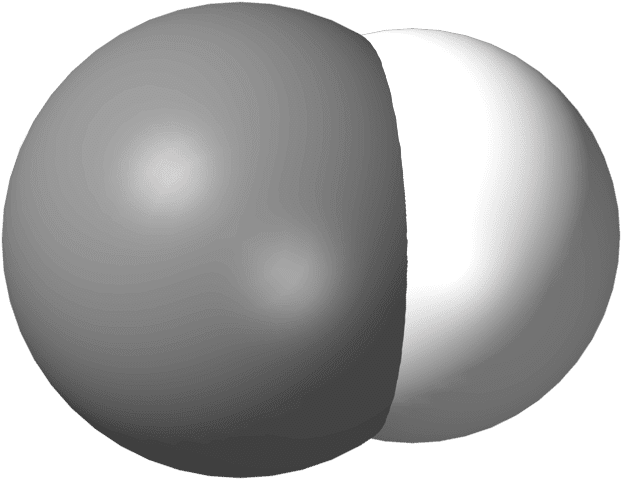What Gas?
The most commonly found gas hazards are below. If you're unsure about your needs, talk to us.
Methane (CH4)
Oxygen (O2)
Oxygen detectors are used to protect against atmospheres where something has displaced the oxygen in the air, such as liquid nitrogen or dry ice (see above) in hospitals and laboratories, or frozen food manufacture. Oxygen detectors also protect from oxygen enrichment (increases in oxygen levels) which create highly flammable environments. This is typical where compressed oxygen is being used routinely such as hospitals, welding bays etc.
Mounted at head height
Propane (C3H8)
Propane is an explosive gas. It is used as a fuel for portable heaters etc. and is easily transported in cylinders so ideal for such applications. A propane calibrated detector will also be a close match for other liquified volatile hydrocarbons such as petrol. So found in filling stations etc.
Mounted at floor level
Hydrogen sulphide (H2S)
Hydrogen sulphide is very toxic. It is a biproduct of decomposition and is commonly found in sewage treatment, and sewers as well as in the oil industry. It is heavier than air and soluble in water.
Mounted at floor level
Nitrogen dioxide (NO2)
Nitrogen dioxide is the main exhaust gas from diesel engines, so is found wherever diesel vehicles operate; car parks, roads, warehouses, delivery depots, tunnels etc.
It is heavier than air so detectors mounted at floor level
Chlorine (Cl2)
Chlorine is used as a disinfectant, particularly in clean water treatment and swimming pools. It is also a bleach and can be found in paper manufacturing. Its use is being reduced because it is so toxic.
It is a very heavy gas which behaves almost like a liquid so detectors are mounted at floor level
Hydrogen (H2)
Hydrogen is lighter than air, and is highly explosive. It is most commonly found in battery manufacture and use. It is a potential bi product during changing so is found in any environment making batteries also in server centres, and office building which use battery based systems to avoid power outages.
Mounted at ceiling level
Carbon Dioxide (CO2)
Carbon dioxide is used extensively in the drinks industry. It is a bi product of fermentation and distillation, so is found in breweries, distilleries and soft drinks manufacturing. It is also used as a refrigerant so is found in frozen food manufacture and transportation (as dry ice). This extends to medicines so carbon dioxide is also found in Hospitals. It is used as a dispensing gas for beers and soft drinks so is found in pub cellars, and fast food outlets.
It is heavier than air so mounted at floor level
Nitrogen (N2)
Nitrogen is an inert gas which replaces oxygen so is detected using oxygen sensors. It is most commonly found being used in a liquid state as a refrigerant. Typical laboratories, hospitals, frozen food manufacturer, flash freezing and chilling. If liquid nitrogen is the hazard being protected against then oxygen detectors are mounted a just above floor level.
Carbon monoxide (CO)
Carbon monoxide is a bi-product of petrol engines and incomplete combustion of any fuel including natural gas. It can be found anywhere where there are lots of vehicles; underground car parks, roads, warehouses, tunnels. It can also be found in areas where decomposition has occurred such as underground areas.
Mounted at head height
Ammonia (NH3)
Ammonia is both toxic and explosive. It’s most common use in industry is as a refrigerant gas. It is found in many places because of this, such as breweries, food manufacture (where refrigeration is used), leisure such as ice rinks, or anywhere where freezing is required.
Ammonia is lighter than air so will gather over time at high levels (so mounted at ceiling height), however refrigerant ammonia is cold and therefore falls initially so it is typical to mount toxic level detectors at head height or just below, with explosive detectors mounted at ceiling level.

